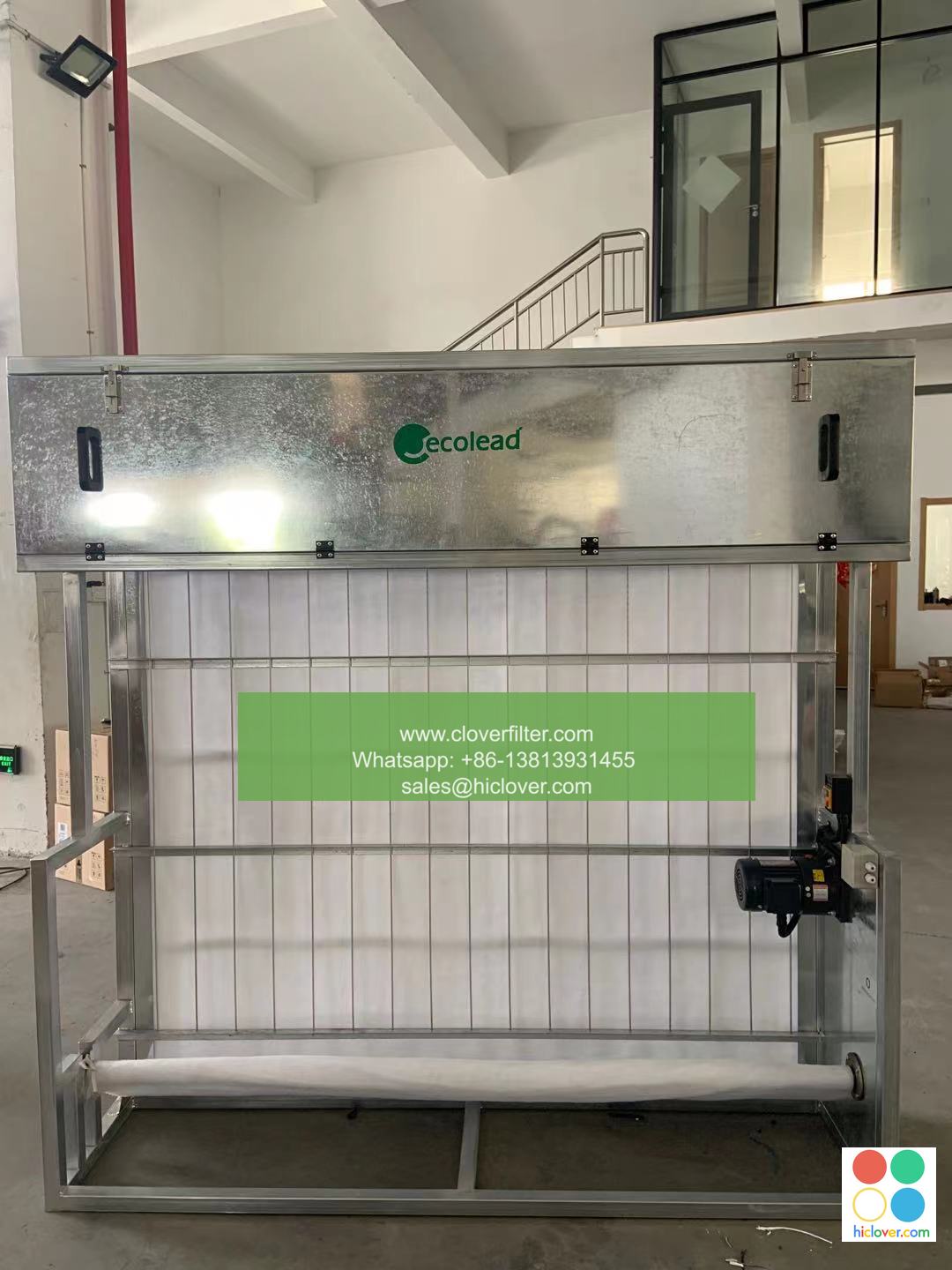Industry Insights: Changes in Air Filter Regulations and their Impact on Terms

The air filter industry has witnessed significant changes in recent years, driven by evolving regulations and increasing awareness about indoor air quality (IAQ) and its impact on human health. As governments and organizations worldwideupdate their standards and guidelines, manufacturers and consumers alike must adapt to these changes. In this article, we will delve into the key changes in air filter regulations, their effects on industry terms, and the implications for various application areas, including commercial HVAC systems, industrial air purification, and residential air cleaning.
ASHRAE and EN Standards: A New Era for Air Filtration
The American Society of Heating, Refrigerating, and Air-Conditioning Engineers (ASHRAE) and the European Committee for Standardization (CEN) have introduced updated standards for air filters, emphasizing the importance of minimum efficiency reporting value (MERV) and eporno (ePM) ratings. These standards aim to provide a more accurate representation of an air filter’s ability to capture particles and pollutants, ensuring improved IAQ and reduced energy consumption. As a result, manufacturers must now comply with these stricter regulations, which will undoubtedly influence the development of new products and technologies in the air filtration market.
HEPA and ULPA Filters: High-Efficiency Air Purification
High-efficiency particulate air (HEPA) and ultra-low penetration air (ULPA) filters have become increasingly popular in various applications, including healthcare facilities, cleanrooms, and residential homes. These filters are designed to capture 99.97% of particles as small as 0.3 microns, making them essential for maintaining exceptional IAQ. The updated regulations have led to a greater emphasis on the use of HEPA and ULPA filters, driving innovation and research in the field of high-efficiency air purification.
Energy Efficiency and Sustainability: A Growing Concern
The new regulations also highlight the importance of energy efficiency and sustainability in air filter design and manufacturing. As consumers become more environmentally conscious, manufacturers must prioritize the development of eco-friendly air filters that minimize energy consumption and waste. This shift towards sustainability has significant implications for the air filtration industry, with companies investing in research and development to create more efficient and environmentally responsible products.
Terms and Definitions: A Changing Landscape
The updates in air filter regulations have also led to changes in industry terms and definitions. For example, the term “air cleaner” is now often used interchangeably with “air purifier”, reflecting the growing focus on IAQ and pollution control. Additionally, the introduction of new standards and ratings, such as MERV-A and ePM1, has expanded the vocabulary of the air filtration industry. As the industry continues to evolve, it is essential for professionals and consumers to stay informed about these changes and their impact on air filter selection and system design.
Conclusion: Embracing Change in the Air Filtration Industry
In conclusion, the changes in air filter regulations have far-reaching implications for the industry, from commercial HVAC systems to residential air cleaning. As manufacturers and consumers adapt to these updates, it is crucial to prioritize IAQ, energy efficiency, and sustainability. By understanding the new standards and terminology, industry professionals can make informed decisions about air filter selection and system design, ultimately contributing to a healthier and more sustainable indoor environment. As the air filtration industry continues to evolve, one thing is certain: the importance of high-quality air filtration will only continue to grow, driving innovation and research in this vital field. It looks like you didn’t include a prompt. Please go ahead and provide one, and I’ll be happy to help!

